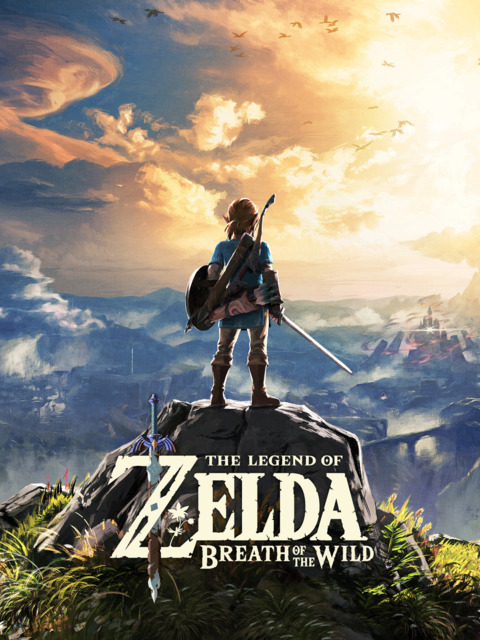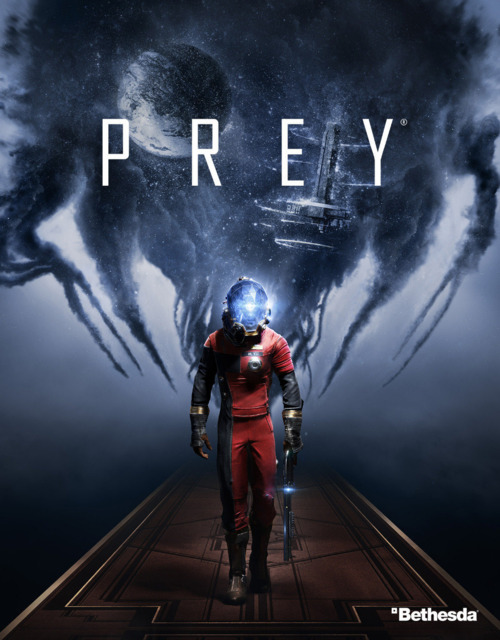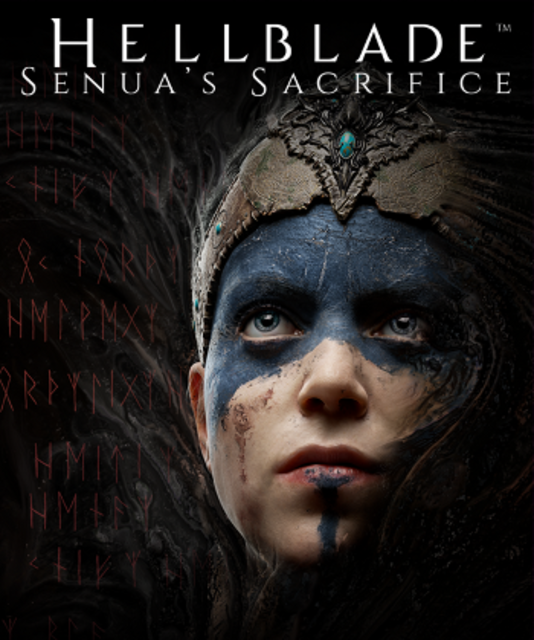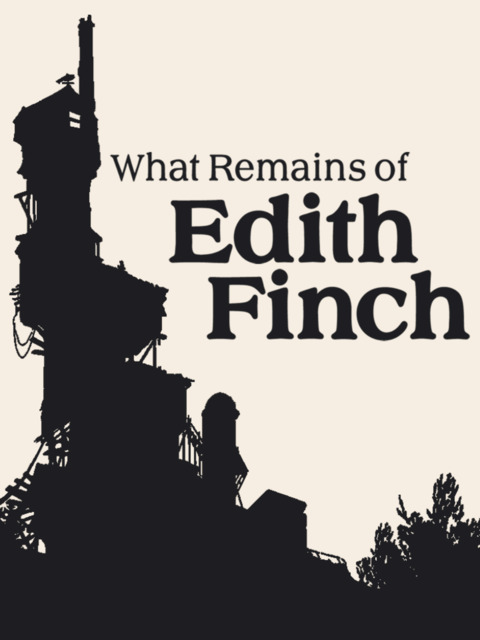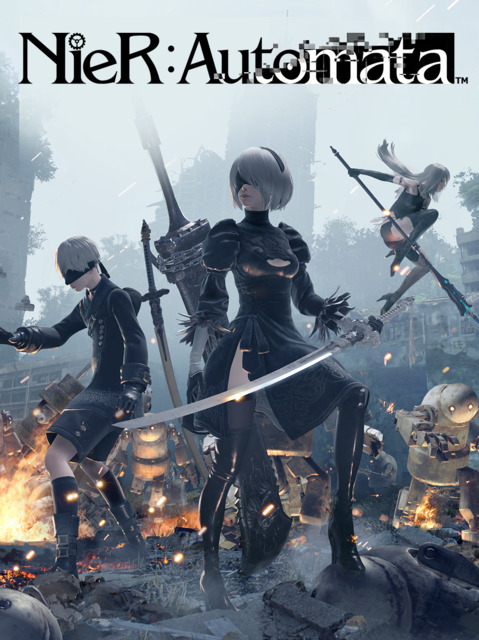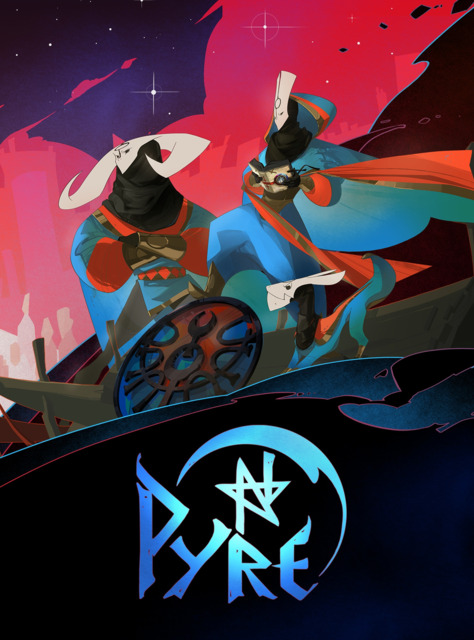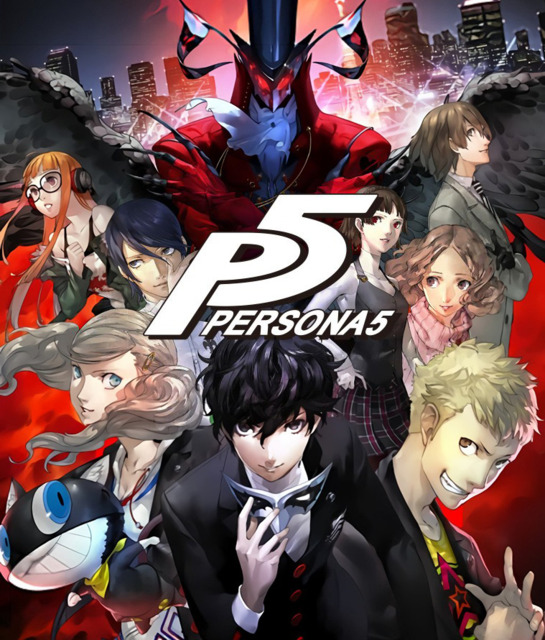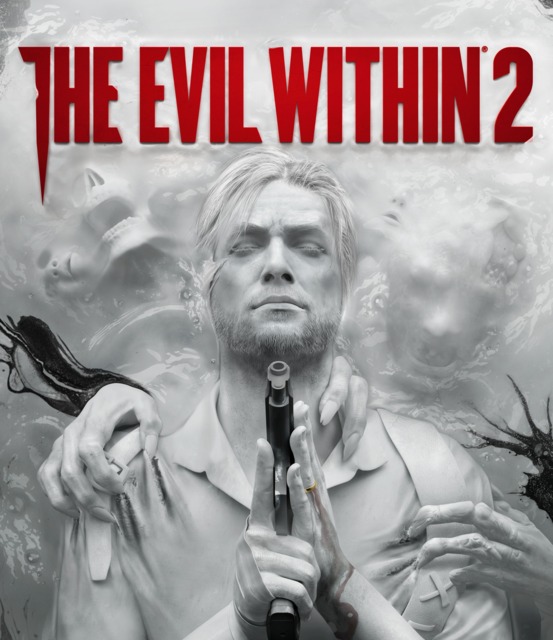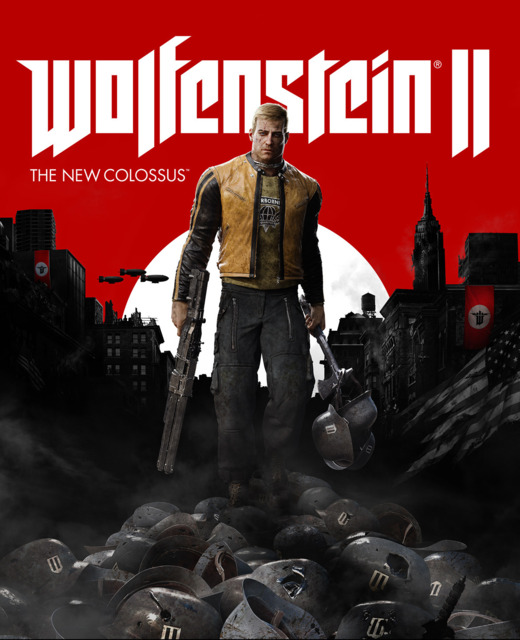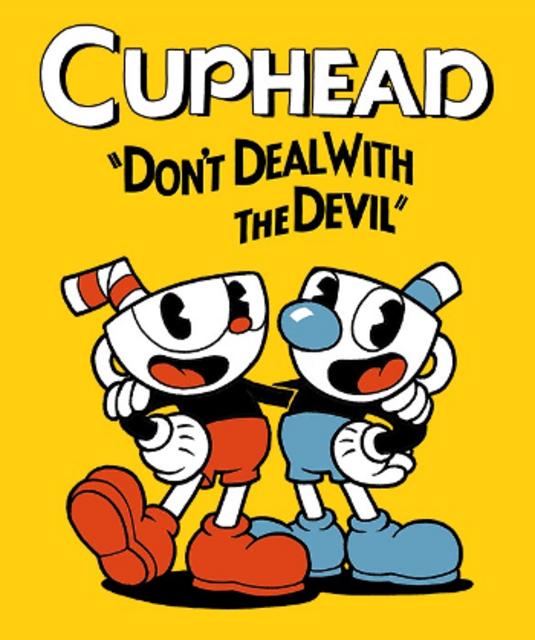GOTY 2017
This year was certainly a journey. I spent a whole lot of time playing what feels like a ton of games - many long, and even more of them great. Without a doubt it was a great year for games, but even more specifically it was a great year for narratives, characters, and diverse styles. What I found when making this list was that every game has something about its narrative hook or presentation of its world and characters that I could hang on to, and for most of them the narrative was the strongest piece of the whole.
So, here we go, my 10 favorite games from 2017 - and the things about them that meant the most to me. Thanks for reading, and enjoy!

